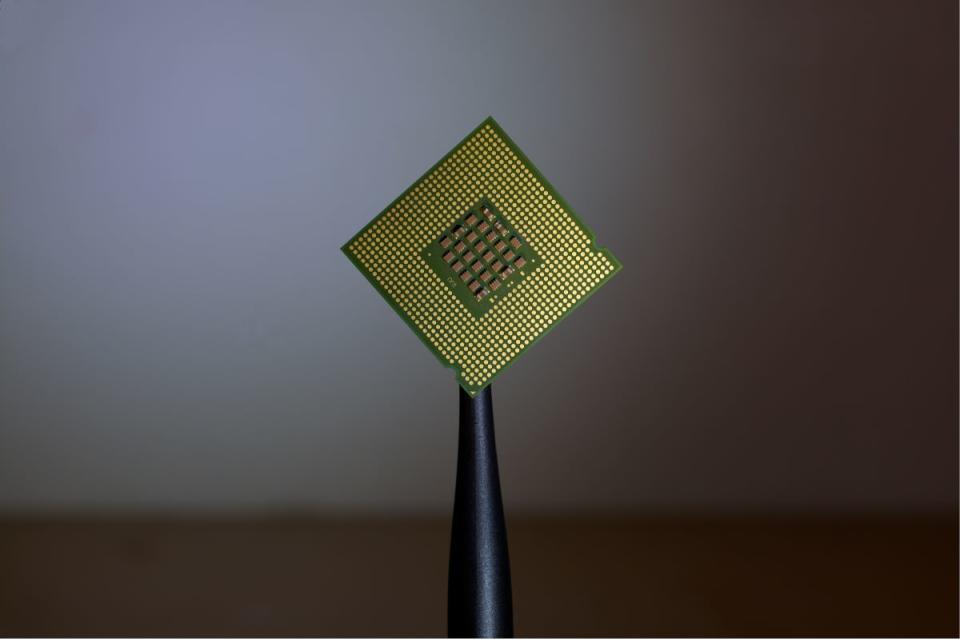"High severity" security flaws found in 5G Qualcomm chips

Patches have been made available to OEMs so end users should apply security updates as they become available from device makers.
Security flaws that could have wiped out 5G connection for about 59% of the world’s mobile phones was recently discovered by Dr Matheus E. Garbelini, a PhD graduate student at the Singapore University of Technology and Design (SUTD).
The vulnerability findings -- tracked as CVE-2023-33044, CVE-2023-33043 and CVE-2023-33042 -- involved Qualcomm’s 5G chips used in popular phone models. As many as 714 smartphone models from 24 brands were impacted, including those from Vivo, Xiaomi, OPPO, Samsung, Honor, Motorola, realme, OnePlus, Huawei, ZTE, Asus, Sony, Meizu, Nokia, Apple and Google.
Garbelini and his team used a process known as Wireless Fuzzing to test Qualcomm's chips for flaws in its firmware. Garbelini’s team includes SUTD PhD student Zewen Shang, SUTD research group member Assistant Professor Sudipta Chattopadhyay and collaborators from the Agency for Science, Technology and Research’s (A*STAR) Institute for Infocomm Research (I2R), Dr Sumei Sun and Dr Ernest Kurniawan.
They discovered that malicious attacks sent from a rogue standalone 5G base station (gNodeB) could trigger a “Denial of Service” (DoS) attack, causing a 5G connection loss for the mobile phone. The 5G connection cannot be recovered even after the attack has stopped. The only way to recover the connection is through manually rebooting the phone and it sometimes requires removing and reinserting the SIM card.
“With the adoption of 5G smartphones increasing, these findings are significant because 5G is slated to be the next generation of wireless technology. For now, although there is no known defence against attacks exploiting these flaws, users should still keep their Android OS and iOS patched to the latest versions of the phone software as most security issues are done during these updates,” says Garbelini.
Commending the SUTD team for the discovery, a spokesperson from Qualcomm says: “Developing technologies that endeavour to support robust security and privacy is a priority for Qualcomm Technologies. We commend Matheus Garbelini and Sudipta Chattopadhyay from SUTD for using coordinated disclosure practices, and we have worked with them to address the issues affecting some 5G modems. Patches were made available to OEMs in August 2023, and we encourage end users to apply security updates as they become available from device makers.”
See Also:
Click here to stay updated with the Latest Business & Investment News in Singapore
Keys to becoming cyber resilient for healthcare organisations
Get in-depth insights from our expert contributors, and dive into financial and economic trends

 Yahoo Finance
Yahoo Finance 